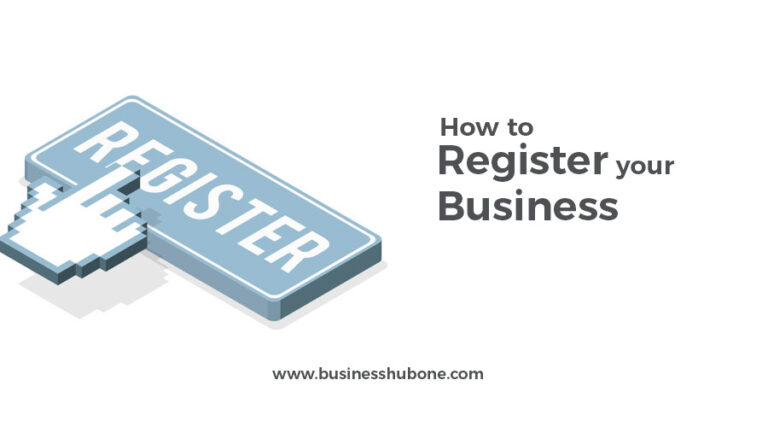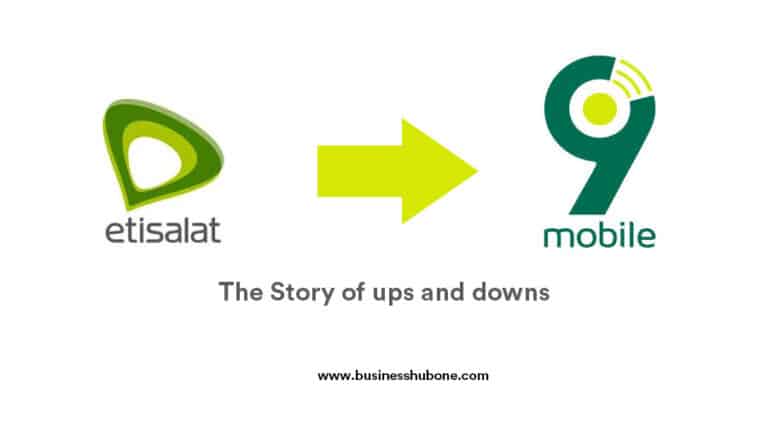Picking the best Sales and Marketing Tech Stack

Table of Contents
Introduction:
In this article, we’ll be discussing the sales and marketing tech stack respectively and how to optimize them both for your business.
What is a sales tech stack?
A sales technology stack is a collection of software tools, applications, etc that are designed to aid and enhance the sales process.
These tools can help sales teams manage leads, track performance, and close deals more effectively.
Progression of the sales tech stack in the past few decades:
Sales and marketing tech stacks; more especially the sales technology landscape has undergone significant transformation over the past few decades. This evolution, driven by technological advancements and changing business needs, has reshaped how sales teams all over the world operate, engage with customers, close deals, etc.
For example, before 2020, research shows that many sales employees depended on CRMs, contact management systems and specifically face to face interactions track sale activities.

However, research from COVID-19 digital transformation & technology | McKinsey demonstrates how COVID-19 sped up the digital transformation of sales teams, reducing the time it would have taken to implement new technology from years to months. Teams quickly abandoned face-to-face interactions-based traditional sales approaches in favor of new digital selling strategies and tools that allowed them to contact with clients efficiently across digital channels.
Despite the digital transformation, sales teams rely on an average of ten tools, leading to overwhelm, as reported by Salesforce’s State of the Sales Report. This overload often stems from using multiple tools for the same tasks, resulting in confusion and inefficiency. To combat this, organizations must streamline their sales software stack to reduce costs, redundancy, and boost sales. Many companies are actively working on optimizing their sales technology stack, with 94% intending to consolidate their tech stack in the coming year, according to Salesforce research.
Common sales tech stack tools
Customer Relationship Management:
A platform for tracking all contacts and connections with customers, customer relationship management (CRM) software offers a comprehensive picture of the customer lifecycle. Along with account and contact management, it also offers lead tracking, opportunity management, sales automation, pipeline forecasting, and customer service management. Examples include:
- HubSpot: A popular CRM that offers a range of sales and marketing tools, including email tracking, pipeline management, and lead scoring.
- Salesflare:A CRM designed for small businesses and startups that automates data entry and provides actionable insights.
- Zoho CRM: A comprehensive CRM solution that offers customizable modules, AI-driven sales assistance, and advanced analytics.
Account and contact management software:
While some features may overlap with a CRM, account and contact management software is specifically designed for sellers who need to track interactions, manage follow-ups, and stay informed about account-specific details. It is not a full customer lifecycle solution.
Sales content management software (CMS):
This aggregates marketing and sales collateral in one location, facilitating GTM team collaboration, process automation, and approved asset management. Additionally, a sales CMS shows pertinent content to sellers and allows them to customize collateral for their clients. It also provides a consolidated platform with features including lead prioritizing, analytics, etc.
Conversational Intelligence (CI) software:

Conversational intelligence (CI) software utilizes AI to analyze sales discussions, providing insights across various communication channels. By detecting key themes and phrases, CI software enhances leaders’ and sellers’ understanding of call content, aiding in deal forecasting, seller coaching, and business decision-making for GTM executives.
Sales forecasting software:
This helps businesses make strategic decisions by predicting future sales patterns using predictive algorithms and historical data. Using a variety of forecasting models, including time-series analysis, moving averages, exponential smoothing, and regression analysis, the program combines data from multiple sources to produce an extensive dataset for analysis. This allows for the accurate prediction of future sales income.
Marketing Tech Stack

The marketing tech stack includes tools and technologies that help marketing teams attract, engage, and retain customers. Key components of an optimized marketing tech stack include SEO tools, analytics tools, email automation software, lead generation tools, content management systems, social media management tools, and newsletter tools.
SEO Tools:
SEO tools help marketing teams optimize their websites and content for search engines, improving visibility and driving organic traffic. Examples include:

Ahrefs: An SEO tool that provides keyword research, backlink analysis, and site audit features.
SEMrush: A comprehensive SEO and digital marketing tool that offers keyword tracking, competitor analysis, and site auditing.
Analytics Tools:
Analytics tools provide insights into website performance, user behavior, and marketing campaign effectiveness. Examples include:

Google Analytics: A widely used analytics platform that tracks website traffic, user behavior, and conversion rates.
Mixpanel: An analytics tool that focuses on user behavior tracking and provides insights into how users interact with products.
Email Automation Software:
Email automation software allows marketing teams to create and send personalized email campaigns at scale. Examples include:
MailChimp: A popular email marketing platform that offers automation, segmentation, and analytics features.
Userlist: An email automation tool designed for SaaS companies, providing personalized email campaigns based on user behavior.
Lead Generation Tools:

Lead generation is the process of generating consumer interest in a product or service with the ultimate goal to convert that interest into a sale. In online marketing this typically involves collecting a visitor’s contact information (called a Lead) via a webform and nurturing that person’s interest through email marketing until the person makes a purchase.
Lead generation tools help marketing teams capture and qualify leads through various channels. Examples include:
Leadpages: A landing page builder that helps create high-converting landing pages and capture leads.
OptinMonster: A lead generation tool that offers customizable opt-in forms and advanced targeting features.
Social Media Management Tools:
Social media management tools help marketing teams manage and analyze their social media presence across multiple platforms. Examples include:
Hootsuite: A social media management platform that offers scheduling, monitoring, and analytics features.
Buffer: A tool that allows users to schedule and publish social media posts, track engagement, and analyze performance.
Newsletter Tools:
Newsletter tools enable marketing teams to create and send newsletters to engage with their audience. Examples include:
MailChimp: In addition to email automation, MailChimp offers robust newsletter creation and distribution features.
Streak: A CRM integrated with Gmail that allows users to manage email campaigns and track interactions directly from their inbox.
Optimization Techniques: Sales and Marketing tech stacks.
Optimizing sales and marketing tech stacks involves using analytics to continuously improve processes and leveraging automation to increase efficiency.
Using Analytics to Optimize Strategies:
Regularly analysing data from sales and marketing tools can help identify areas for improvement, refine strategies, and measure the impact of changes.
Leveraging Automation:
Automation can help streamline repetitive tasks, such as email campaigns, lead scoring, and follow-up reminders, allowing teams to focus on more strategic activities.
Case studies
Case Study: Optimizing Sales with Salesforce and HubSpot:
A company – Impact implemented Salesforce as its CRM and integrated it with HubSpot for marketing automation. This integration allowed the sales and marketing teams to share data seamlessly, resulting in a 20% increase in lead conversion rates and a 15% reduction in the sales cycle.
Case Study: Enhancing Marketing with Ahrefs and MailChimp
A digital marketing agency – GreenBoost Marketing used Ahrefs for SEO optimization and MailChimp for email automation. By leveraging insights from Ahrefs to create targeted content and using MailChimp to distribute personalized email campaigns, the agency achieved a 30% increase in organic traffic and a 25% boost in email engagement rates. this is a great example of a company that optimised their sales and marketing tech stacks.
By choosing, implementing, and optimizing the right sales and marketing tech stacks, businesses can drive growth, improve efficiency, and enhance customer engagement. The key is to continuously evaluate and refine these tools to ensure they meet the evolving needs of the business and its customers.







